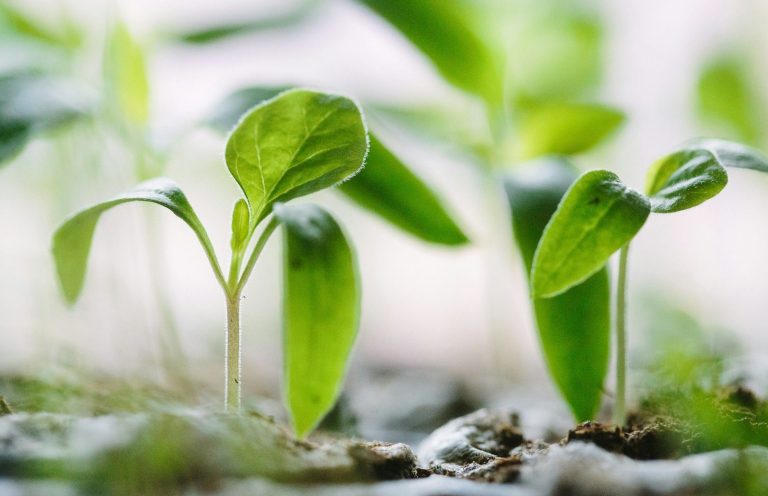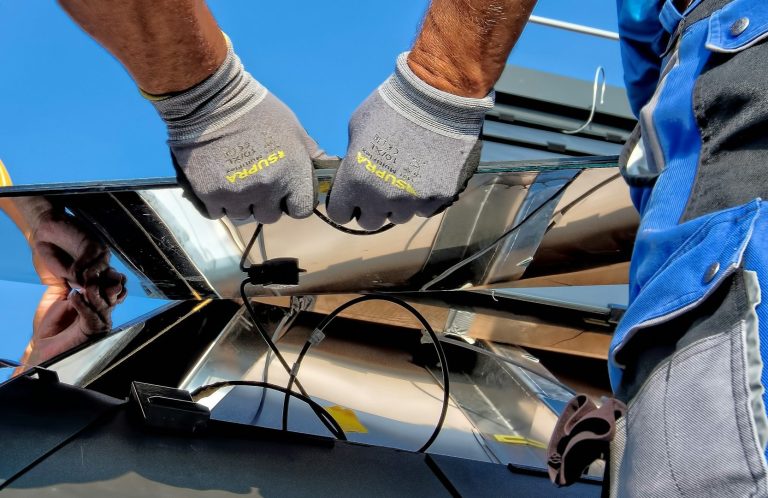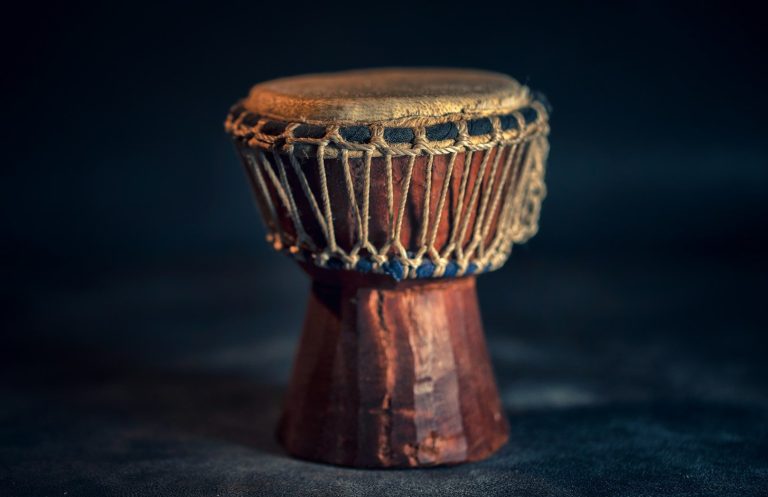Curriculum
Our STREAM-based curricula (Science, Technology, Reading, Engineering, Art, and Mathematics) are designed to be hands-on, culturally grounded, and contextually relevant. We integrate local knowledge, everyday materials, and community experiences to teach foundational concepts in ways that resonate with learners in underserved and off-grid communities. Built collaboratively with educators, engineers, and local leaders, our curricula aim to spark curiosity, promote critical thinking, and empower learners to solve real-world problems using accessible, sustainable methods.

Science - Educator Guide: Observing Plant Growth
This guide provides step-by-step instructions for conducting the 'Observing Plant Growth' experiment. The goal is to help students understand photosynthesis, plant life cycles, and environmental influences on growth.

Tech - Educator Guide: Solar Oven Construction
This guide provides step-by-step instructions for conducting the 'Solar Over Construction' experiment. The goal is to help students to build a simple solar oven using cardboard and alimunium foil, teach about renewable energy, heat transfer, and pracical cooking applicaions wihout fuel.

Reading - Educator Guide: Creating Community Newsletter
This guide provides step-by-step instructions for conducting the Creating a Community Newsletter experiment. The goal is to help students develop skills in writing,editing and design through hands-on experience.Also students will learn to work together ,share ideas and divide tasks to achieve a common goal.

Engineering - Educator Guide: Wind-Powered Toys
This guide provides step-by-step instructions for conducting the 'Wind-powered toys' experiment. The goal is to help students to create pinwheels or simple windmills to explore wind energy and discuss how wind can be harnessed for practical uses like grinding grain or generating electricity.

Arts - Educator Guide: Music from Found Objects
This guide provides step-by-step instructions for conducting the Music from found objects experiment. The goal is to help students to explore creativity and turn everyday sounds from found objects into music thus developing listening skills, rhythm and an understanding of how different materials produce different sounds.

Math - Educator Guide: Geometry with Natural Shapes
This guide provides step-by-step instructions for conducting the 'Geometry
with Natural Shapes' experiential learning. The goal is to help students understand why some objects in nature have their shapes, what do you mean by some dimensions, areas, volumes etc., and why it is necessary to
know them.
